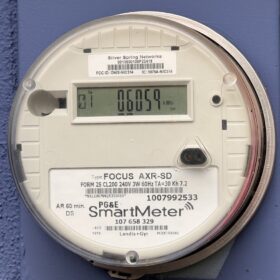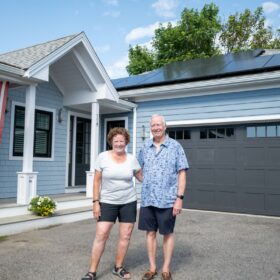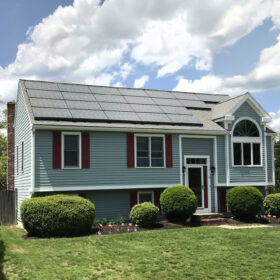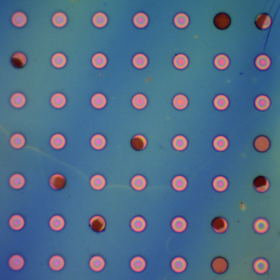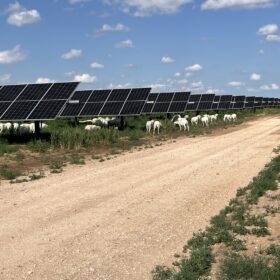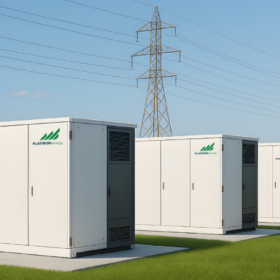What happens when utilities raise the fixed charge and lower the energy charge?
Shifting utility costs from usage rates to fixed monthly fees may penalize efficiency and fail to provide the financial incentive necessary to drive widespread electrification.
Solar success in the New England marketplace
ReVision Energy leverages a relationship-driven model and workforce innovation to navigate evolving clean energy policies and sustain long-term growth across New England.
Solar and storage program forecast to save all Massachusetts ratepayers $313 million per year
Solar plus storage can also offer winter reliability improvements and limit gas consumption, finds a report from Synapse Energy Economics and the Solar Energy Industries Association.
MIT researchers develop polymer film that could prevent solar panel corrosion
Engineers at the Massachusetts Institute of Technology say their polymer coating could be used to protect photovoltaic modules, due to its impermeability to gases. The team has demonstrated that a 60-nanometer-thick film can extend the lifetime of a perovskite crystal by several weeks.
Work underway on ‘river’ heat pump complex in Massachusetts
The U.S’ largest district energy provider has started building a 35 MW heat pump complex in Massachusetts that will replace a natural gas boiler. The system will harness heat from the Charles River to produce carbon-free steam.
Agrivoltaics provides benefits and possible pitfalls for solar developers
NREL study examines Massachusetts’ comprehensive approach to deploying solar on farmland.
Alsym Energy launches sodium-ion battery line
The Massachusetts-based startup says its new battery is non-flammable, non-toxic, and uses non-FEOC (Foreign Entity of Concern) materials, aiming for a lower levelized cost of storage (LCOS). The technical specs provide some highlights as well.
Flatiron Energy secures $540 million for largest battery project in Massachusetts
The company is expected to bring a 200 MW / 800 MWh battery to commercial operations by late 2026.
State solar policy on the frontlines
For a couple months every two years, every state’s legislative session align, and this year, energy policy dominated many states’ sessions. In regulated energy markets, advocacy groups crusaded against utilities that were relentless to not lose any of their monopoly share to clean energy.
Community solar makes subtle gains in capacity, but bold moves in policy across the U.S.
Many states made steady gains in community solar capacity last quarter while other states fought for the ability to have community solar capacity.
